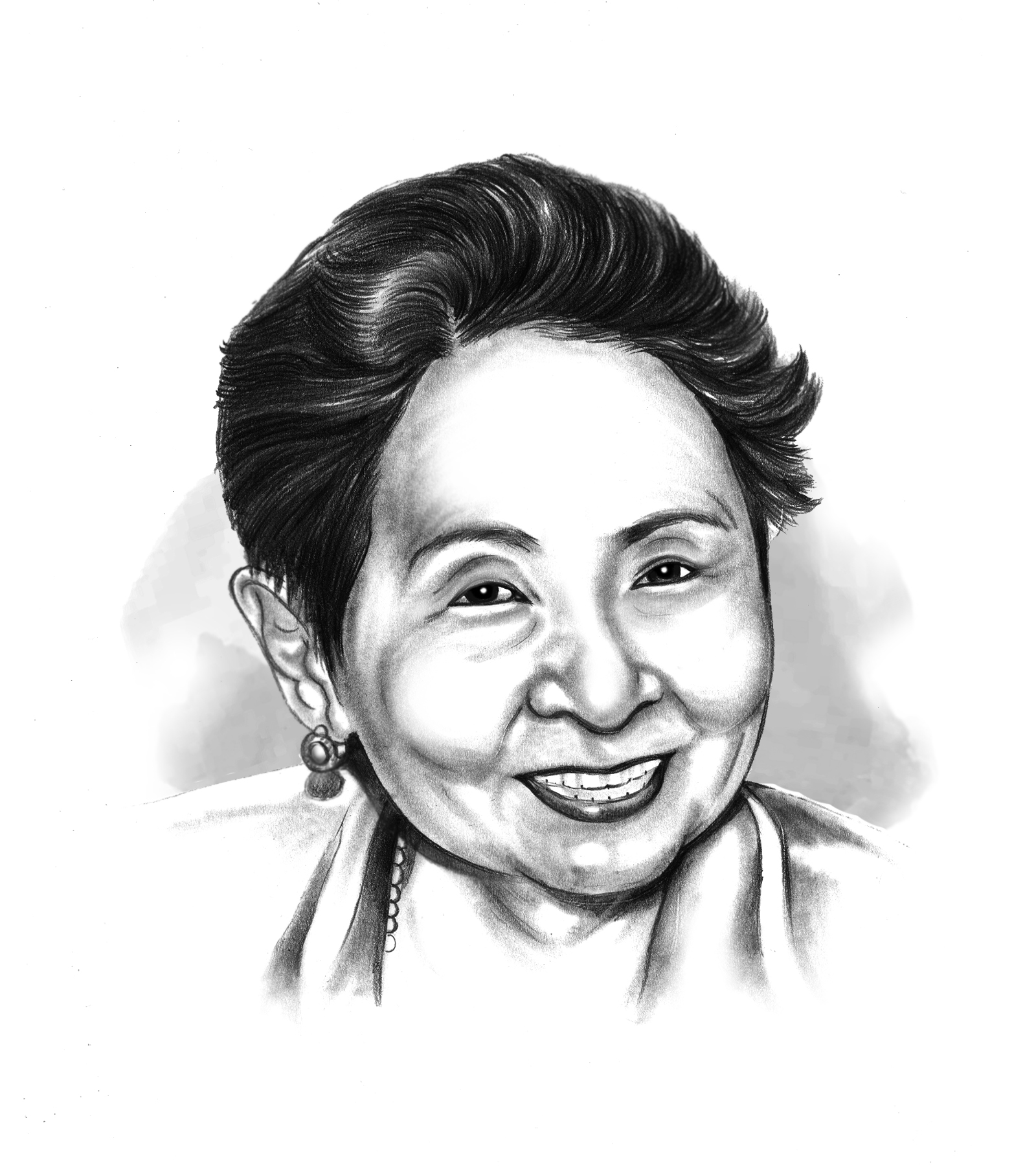PAGBABAGO

A 1955 book by Rudolf Flesch, “Why Johnny can’t read,” a critique of the practice of teaching reading by sight, called the “look-say method” ineffective because it lacked phonics training or breaking words into sounds rather than having to memorize them. The PISA (Programme for International Student Assessment) had remedied this inadequacy by its emphasis on metacognitive processes which involve summarizing and understanding a text, memorizing and reviewing quality and credibility of sources in the text.
Today, as recent newspaper headlines had shown, our 7,193 Filipino students who had taken the 2022 PISA were still among the lowest scorers and “were about the same as in 2018 when they first took part in the assessment. Our students ranked sixth to the last in reading and mathematics while in science, it ranked third to the last among 81 countries. The conclusion was that our students lagged in learning by five years.
In a 2019 position paper, the British Council stated that primary school learners in low and medium-school income countries “taught in their own familiar language, rather than English, are more likely to understand what they are learning and were more successful academically. “Research studies therefore support that the teaching of English as a subject rather than as an instruction medium for other subjects.
But while most of the countries administer the test in their national language, Filipino children took the test in English. Thus, as Edilberto de Jesus noted in his column in another paper Dec. 7, 2023), our students must struggle with a test formulated in a foreign language that less than 10 percent of families, even in the National Capital Region, use at home.
UNESCO (2016) likewise supported implementing mother tongue teaching in developing countries. This may explain why Filipino students lagged in learning by five years.
UNICEF noted that less than 15 percent of school children or about three in every 20, can read simple text in large part due to the longest time that schools had closed during the pandemic.
According to the World Bank, nine out of 10 children at late primary age, are not proficient in reading. It invested $20.6 billion for projects on this subject.
China uses mobile digital devices which was found to have pushed up the overall percentage of readers, However, this had contributed to the slow growth in the reading of printed materials according to the 16th National Reading Survey.
What are the implications of the Philippine ranking in the 2022 PISA?
In its ranking sixth to the last with an average of 347, only 24 percent of the students attained Level 2 or higher in reading which was just a third of the OECD average at 74 percent. At a minimum, these students can identify the main idea in a text of moderate length, find information based on explicit, though sometimes complex criteria, and can reflect on the purpose and forms of texts when explicitly directed to do so,” according to the report. The share of 15-year old learners who reached the minimum level of reading proficiency varied globally from 89 percent in Singapore to 8 percent in Cambodia.
One interesting observation as indicated earlier is the importance placed on metacognitive processes in PISA 2018 and 2022. Metacognition is a psychological process related to thinking strategies that contribute to better learning and problem -solving or what is called “second or higher order thinking process.”
It is time to seriously consider the medium of instruction that the Department of Education should adopt beyond the ethno-linguistic classification of the provinces as this resulted in having a large number of indigenous languages, according to De Jesus who further noted that the Second Congressional Commission on Education supports the logic of using our mother tongue. It recommends a classroom reorganization which could determine which language would be most effective for the greater number of children. We shall await this with great anticipation. ([email protected]).